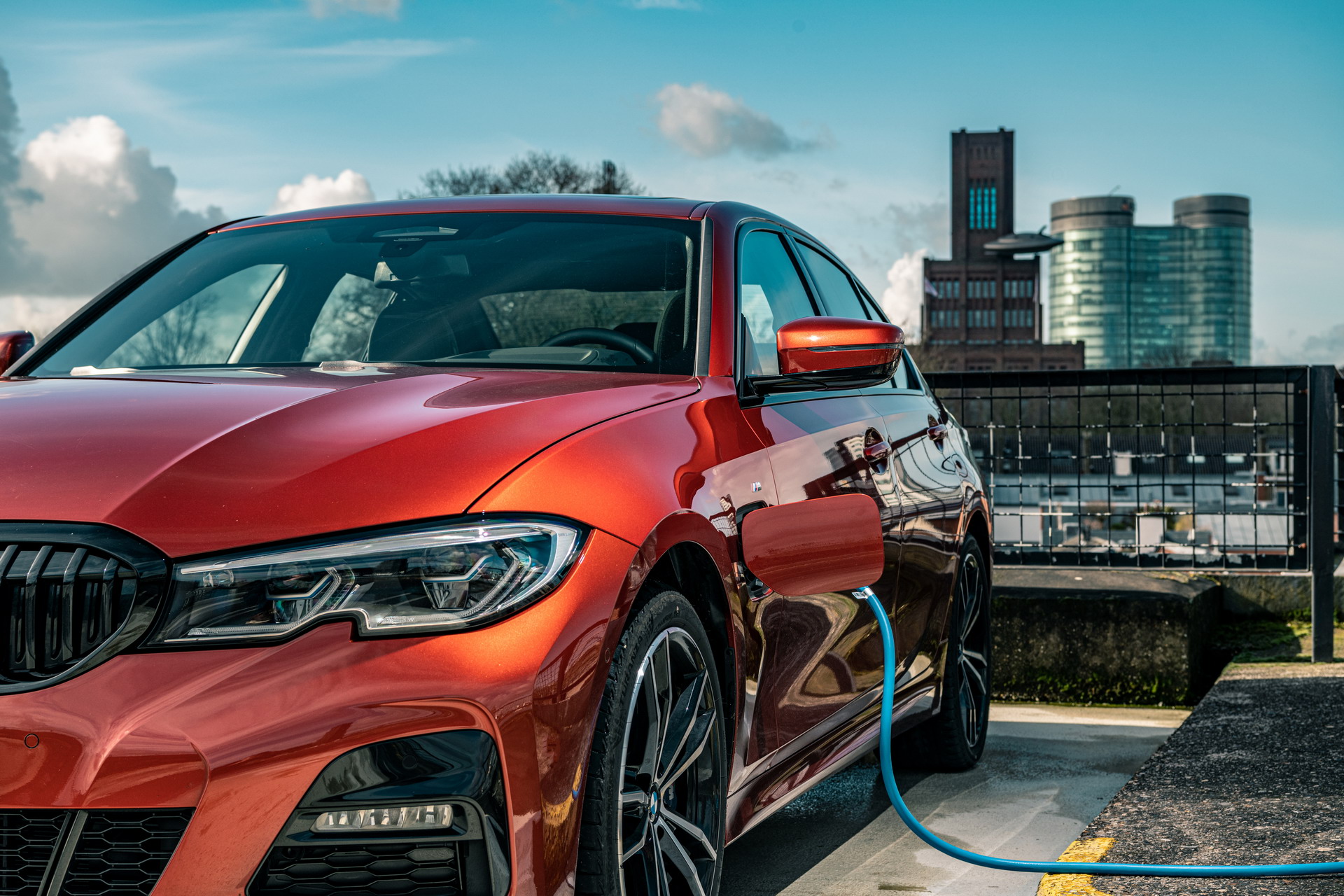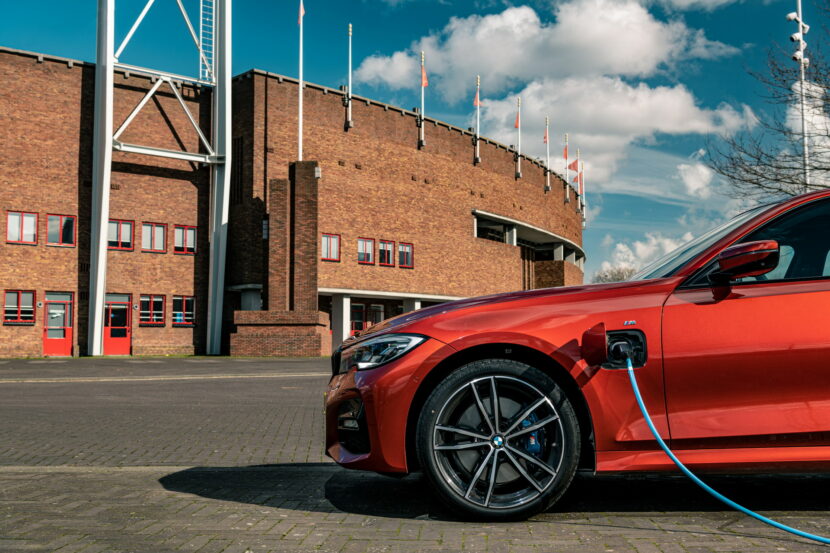Plug-in hybrid vehicles (PHEV) are seen by many as an intermediary step in our massive switch from internal combustion engines to EVs. At their best, they can offer the best of both worlds, allowing customers to drive around town entirely electrically, to help keep the air we breathe clean, while also being capable of longer trips, compared to pure BEVs. Basically, whenever you leave town you can use your PHEV like any other gas-powered car.
Still, there is one nagging issue about PHEVs that creates a lot of confusion: charging times. Most PHEVs are limited to a charging limit of 3.7 kWh which is well below what BEV cars are capable of.
We’ve seen cars capable of using 100 or 150 kWh charging ports, allowing the owners to spend very little time recharging their cars. That’s not the case with PHEVs which are limited to very low charging settings. Therefore, we were curious to see how the BMW experts working on batteries right now in Munich would explain this conundrum: why are PHEV cars limited to charging at just 3.7 kWh?
“The typical plug-in hybrids you see on the market today have single phase charging available which means they are typically limited to 3.7 kWh. We are aware that faster charging capabilities would be a good thing and could present a better use case for the customers and the industry is working on improving those charging times as well. In the past, the limitation was justified by the cost and packaging aspects,” we were told by a group of experts working on developing batteries for BMW during a recent roundtable interview.
“We don’t want to rule it out but we can’t confirm that we are working on improving charging times for PHEVs. However, the efforts in this regard are also driven by what we learn from how these cars are being used in real-life scenarios and actual customer needs. We will learn more about whether it is necessary to improve the charging times or not as we see a larger proliferation of these cars,” was added when we pressed for more info regarding the future plans in this regard.
One of the most frustrating parts of owning a PHEV right now is definitely the long charging time needed to get them to a full charge. While batteries have increased in energy density, the charging capacity remained the same, leading to longer waiting times for such cars. For example, the new BMW X5 xDrive45e comes with a battery that has a usable 21 kWh capacity and can be recharged in over 7 hours which is quite a lot, considering you could recharge a 28 kWh in the MINI Cooper SE to 80% in just over 35 minutes using a 50 kWh fast charger.
Admittedly, plug-in hybrids are used in a different way and they are usually recharged at home or at work, having plenty of time at their disposal to do so. Also, the internal combustion engine on board can be used to help charge the battery while driving along normally. Therefore, as long as the actual customers don’t see it as a necessity, BMW probably won’t offer faster charging options for its plug-in hybrid models anytime soon.







































































